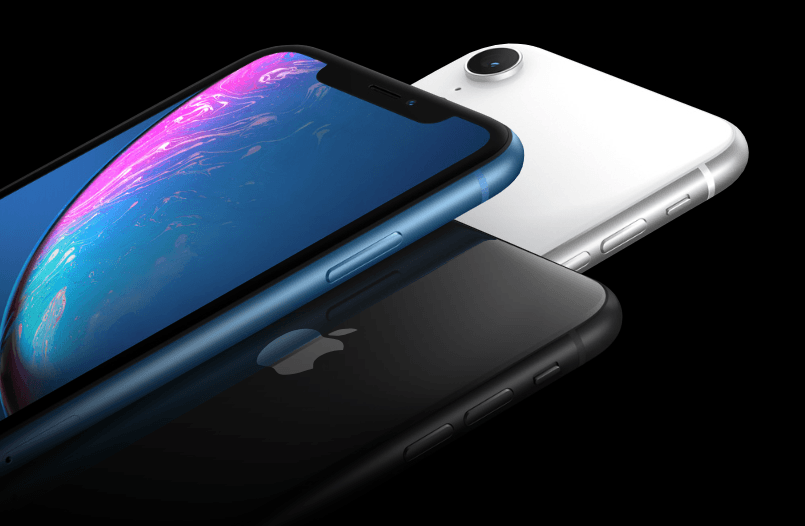The 2018 iPhones are already out, and even though they may not be selling as well as expected, they feature some of the best displays available on the smartphone market currently. Now if a new report is to be believed, the iPhone 11 will continue this display trend.
iPhone 11 display may be better and cheaper
Thinner and lighter devices are the way forward, and Apple knows this, which is probably why the newest iPad Pros boast 5.9-millimeter thin shells. Now it seems Apple is planning something similar for the iPhone 11 display as well.
The Korean-language site ET News reports that Apple will use an entirely new display technology for the next-gen iPhones to make them even thinner and lighter. The report adds that the new technology, which is dubbed “Y-OCTA” (Youm On-Cell Touch AMOLED) and also comes from Samsung, is based on touch-integrated flexible OLED display panels.
While the current iPhones have a separate touch-sensitive layer on top of their display, the new technology integrates the touch-sensitivity layer directly into the display. This should make the iPhone 11 display thinner and lighter. The new tech also reportedly improves readability in sunlight compared to the film-type OLED panels currently in use. The report also claims that manufacturing this new display is easier, and hence, it should be cheaper as well.
According to ET News, Apple is moving ahead with the new display technology. On its end, Samsung has reportedly contracted suppliers for the components required to manufacture the displays. The technology should be ready for use by next year, but supplies will be limited initially, the news outlet adds. This could mean the new display won’t be fitted in all the 2019 iPhone models.
Will Apple use this tech?
However, ETNews’ report must be taken with a grain of salt, and there are a few reasons for this. First, the website does not have a very good track record when it comes to predicting Apple products. Additionally, the odds of Apple adopting the new technology are entirely dependent on whether Samsung can meet its supply demands.
Moreover, there are reports that Apple has hired LG as another OLED supplier. If this is the case, it does not make much sense for Apple to opt for a completely new technology.
On the other hand, one major reason Apple might opt for the Y-OCTA technology for the iPhone 11 display is that it could help lower the price. Since the technology does not need a separate touch layer on top, producing it should be cheaper. The main reason the iPhone X and XS launched at $999 was the cost of the OLED panel. The LCD-based iPhone XR, on the other hand, was priced at $749.
Many see the high price of the iPhone XS as a big reason for its less-than-stellar sales performance. If Apple succeeds in bringing down the price of the 2019 iPhones while offering the same or better quality, it could prove to be a game changer.
What’s in it for Samsung?
Samsung will reportedly use the same technology in the Galaxy S9, Galaxy S9+ and Galaxy Note 9. The Korean firm reportedly first approached Apple with the technology some time earlier this year for use in the iPhone XS and iPhone XS Max. The company reportedly decided not to use the technology for this year’s models because it was not perfect. However, Samsung has apparently improved the technology since then to meet Apple’s expectations.
With the Y-OCTA technology, the Korean firm aims to retain display orders for the iPhone. Apple is known to be looking for other display makers to reduce its dependence on Samsung. By suggesting its Y-OCTA technology, the Korean firm will be hoping to remain the exclusive supplier of OLED displays for the iPhone. Samsung is currently Apple’s exclusive OLED supplier for the iPhone X and XS.
The 2019 iPhones are expected to be a major update over the this year’s iPhones. According to analyst Ming-Chi Kuo, Apple may not the increase the size of next year’s iPhones, but it does plan to shake things up internally, like by using a new chipset, new cameras (possibly with a triple-lens camera setup) and more. Further, all the 2019 iPhones are expected to feature OLED displays.





